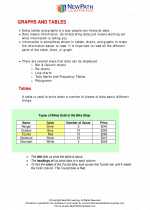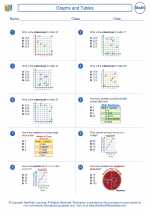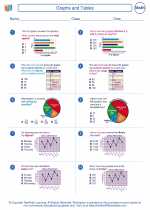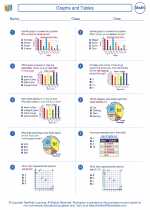Understanding Precession
Definition
Precession is the phenomenon where the axis of rotation of an object gradually changes direction as a result of an external force or torque.
Causes of Precession
There are several factors that can lead to precession, including:
- Torque: The application of an external force or torque can cause the axis of rotation to change direction.
- Gravity: Gravitational forces acting on a rotating body can also induce precession.
- Applied Forces: External forces applied to a spinning object can result in precession.
Examples of Precession
Precession can be observed in various natural and engineered systems, such as:
- Earth's Rotation: The gradual change in the orientation of the Earth's axis over time is a classic example of precession, known as axial precession.
- Gyroscopes: The behavior of gyroscopes, which can maintain a stable orientation despite external forces, is a result of precession.
- Spinning Tops: The wobbling motion of a spinning top is due to precession.
Mathematical Formulation
The precession of a spinning object can be described using mathematical equations that take into account the applied torque, angular momentum, and moment of inertia of the object.
Real-World Applications
Precession has practical implications in various fields, including:
- Navigation: Understanding the precession of gyroscopes is crucial for navigation systems in aircraft, spacecraft, and ships.
- Astronomy: Precession affects the orientation of the Earth's axis, leading to phenomena such as the changing pole star over long periods of time.
- Engineering: Engineers utilize the principles of precession in the design of stability control systems and inertial navigation devices.
◂Math Worksheets and Study Guides Fifth Grade. Graphs and Tables
Study Guide Graphs and Tables
Graphs and Tables  Worksheet/Answer key
Worksheet/Answer key Graphs and Tables
Graphs and Tables  Worksheet/Answer key
Worksheet/Answer key Graphs and Tables
Graphs and Tables  Worksheet/Answer key
Worksheet/Answer key Graphs and Tables
Graphs and Tables 

 Worksheet/Answer key
Worksheet/Answer key
 Worksheet/Answer key
Worksheet/Answer key
 Worksheet/Answer key
Worksheet/Answer key

The resources above cover the following skills:
Geometry (NCTM)
Specify locations and describe spatial relationships using coordinate geometry and other representational systems.
Make and use coordinate systems to specify locations and to describe paths.
Connections to the Grade 5 Focal Points (NCTM)
Data Analysis: Students apply their understanding of whole numbers, fractions, and decimals as they construct and analyze double-bar and line graphs and use ordered pairs on coordinate grids.